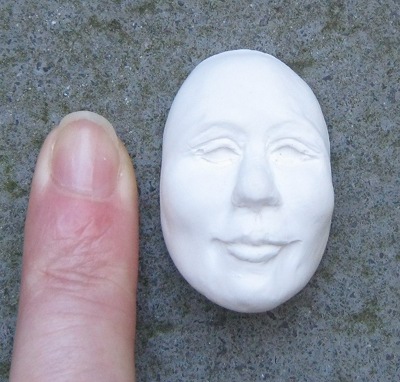 Hi. I’m Judy Darley, a fiction writer and journalist specialising in writing about travel, the arts and anything that catches my eye and fires my imagination.
Hi. I’m Judy Darley, a fiction writer and journalist specialising in writing about travel, the arts and anything that catches my eye and fires my imagination.
Inspired by the sound of rain falling on the skylight just outside my writing room as well as the look the sky takes on at certain times of day at certain times of year, I’m hoping this website will provide inspiration, information, advice and a bit of company for writers, and aspiring writers, like myself.
Unless otherwise stated, all words and imagery on this website is copyrighted to me.
If you’ve made a resolution to have your writing read more widely this year, you might be interested to know that SkyLightRain.com welcomes input from other writers. I’m always happy to receive suggestions for reviews and features, as well as creative pieces produced in response to the midweek writing prompts.
Every piece published includes an author pic and bio, with links so that people can find out more about you.
Book, film, art or magazine reviews
Get in touch and let me know what you would like to review, and why. In the case of art reviews, images are a must, but in the other cases a few stills or the book cover will do. I can contact publishers on your behalf to request review copies to be sent to your home. The word-count should be between 300 and 600 words.
Writing genres or writing tools
I welcome guest posts. This is a great opportunity to share your skills, and talk up recent projects such as novels. Contact me to let me know what you would like to write about, and why. The word-count should be between 600 and 1000 words. Previous examples have included author-in-progress Maithreyi Nandakumar exploring the question ‘When is your novel finished?’ and Nina Milton sharing her tips on thriller writing.
Creative writing
I’m always happy to receive short pieces of prose or poetry inspired by the midweek writing prompts. These are posted each Wednesday and provide story ideas, hints and potential plot lines. No need to send a query first – just email me your creative work as soon as you feel it is ready to be seen by the world!
I also accept ideas for this slot, so please get in touch if you’re happy to share your own prompts for firing up a new creative work. What inspires your writing?
Feel free to spread the word about these opportunities.
To get in touch about any of these slots or just get in touch, you can find me on Twitter @JudyDarley, or send me an email at judy(at)skylightrain.com.
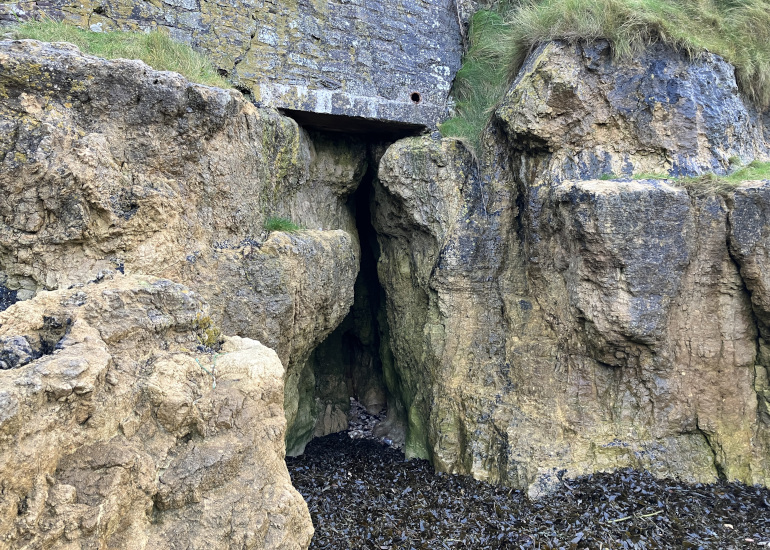

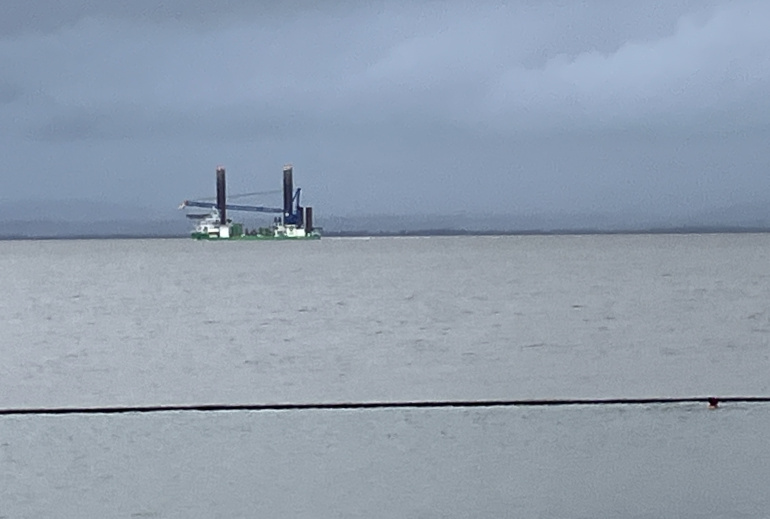 As countless swimmers and spectators gathered at Clevedon Marine Lake on New Year’s Dave for the annual Big Dip, a vast structure drifted by. Like an industrial version of a child’s sandcastle, an oil rig floated past the morning’s revelries like a sea creature roused to curiosity by the shrieks. You can just see an uncommonly serene swimmer inside the pool’s perimeter.
As countless swimmers and spectators gathered at Clevedon Marine Lake on New Year’s Dave for the annual Big Dip, a vast structure drifted by. Like an industrial version of a child’s sandcastle, an oil rig floated past the morning’s revelries like a sea creature roused to curiosity by the shrieks. You can just see an uncommonly serene swimmer inside the pool’s perimeter.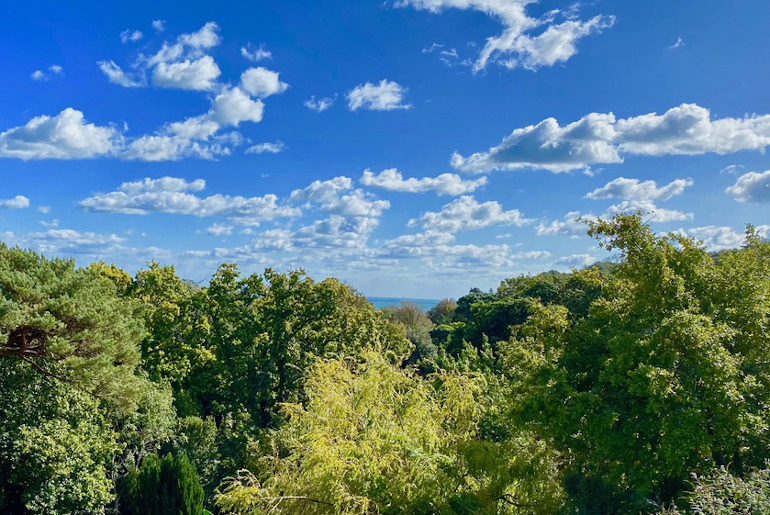
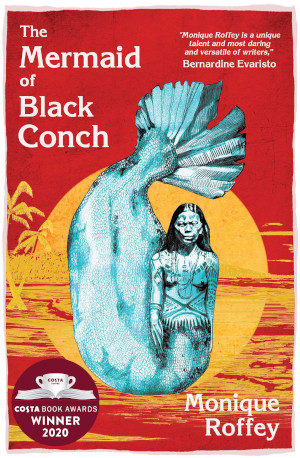
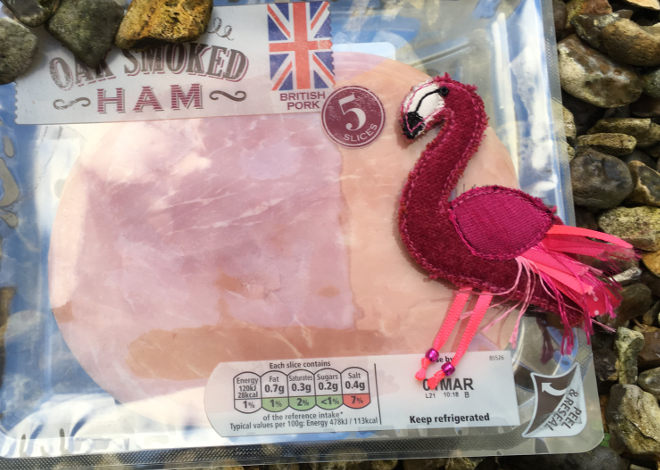 My very short dystopian tale Flamingos and Ham has been published by
My very short dystopian tale Flamingos and Ham has been published by  You’ll need to
You’ll need to  Hi. I’m Judy Darley, a fiction writer and journalist specialising in writing about travel, the arts and anything that catches my eye and fires my imagination.
Hi. I’m Judy Darley, a fiction writer and journalist specialising in writing about travel, the arts and anything that catches my eye and fires my imagination.